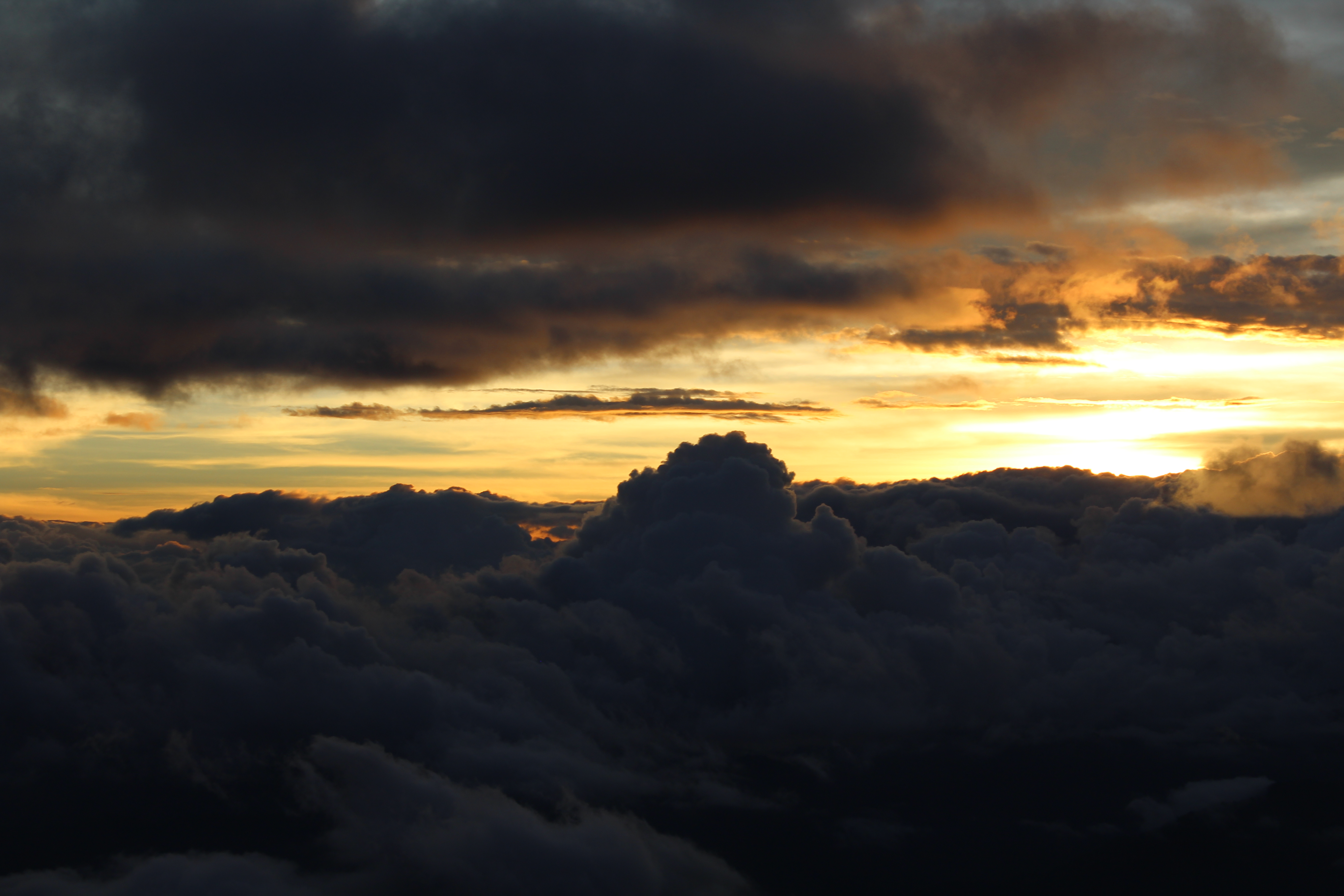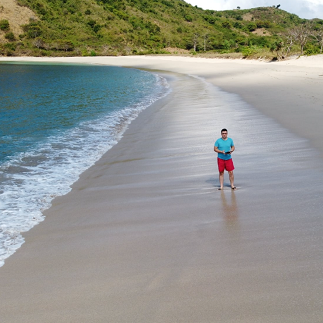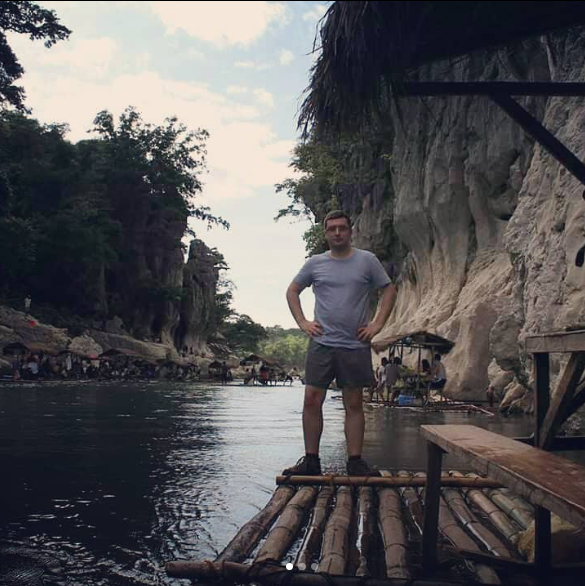Conquering the Rooftop of Luzon: A Journey to Mount Pulag, Philippines
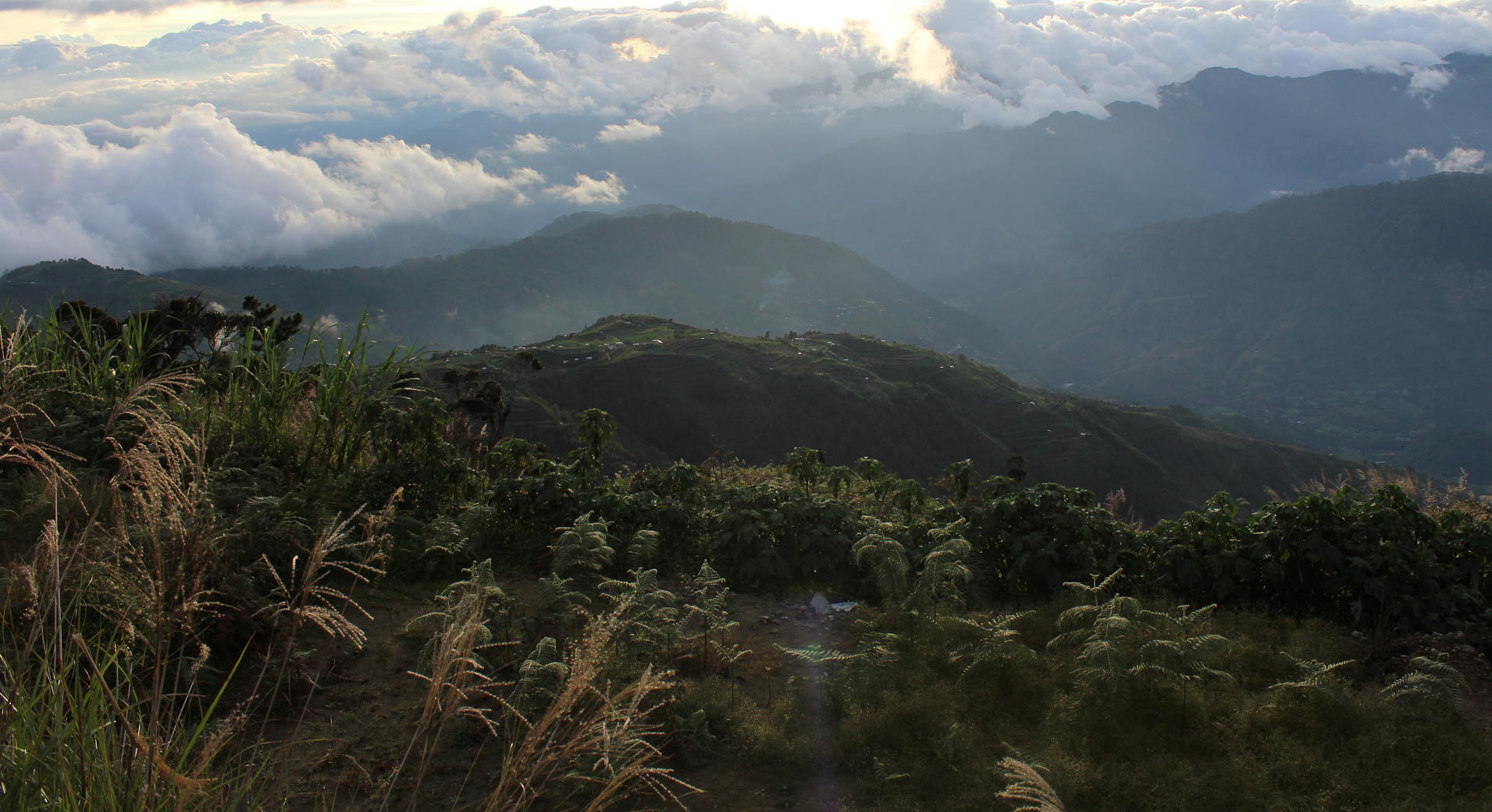
Nestled amidst the lush Cordillera mountain range of the Philippines lies a natural wonder that beckons adventurers from around the world. Mount Pulag, standing proudly as the highest peak in Luzon and the third highest in the entire archipelago, is a hiker's paradise and a sacred place for indigenous tribes. Join us as we embark on a breathtaking journey to conquer the rooftop of Luzon and immerse ourselves in the mystique of Mount Pulag.
Getting to Mount Pulag requires a bit of effort, but the journey is an adventure in itself. The closest major city is Baguio, often referred to as the "Summer Capital of the Philippines." From Baguio, a picturesque 4-5-hour drive will take you to the ranger station, where you'll begin your trek. Alternatively, you can opt for a guided tour, which usually includes transportation, permits, and local guides.
Before embarking on your Mount Pulag adventure, make sure to secure the necessary permits from the Park Management Office in Kabayan, Benguet. The permits are essential not only for your safety but also to protect the fragile ecosystems of the mountain. Guided tours typically help you navigate the bureaucratic process.
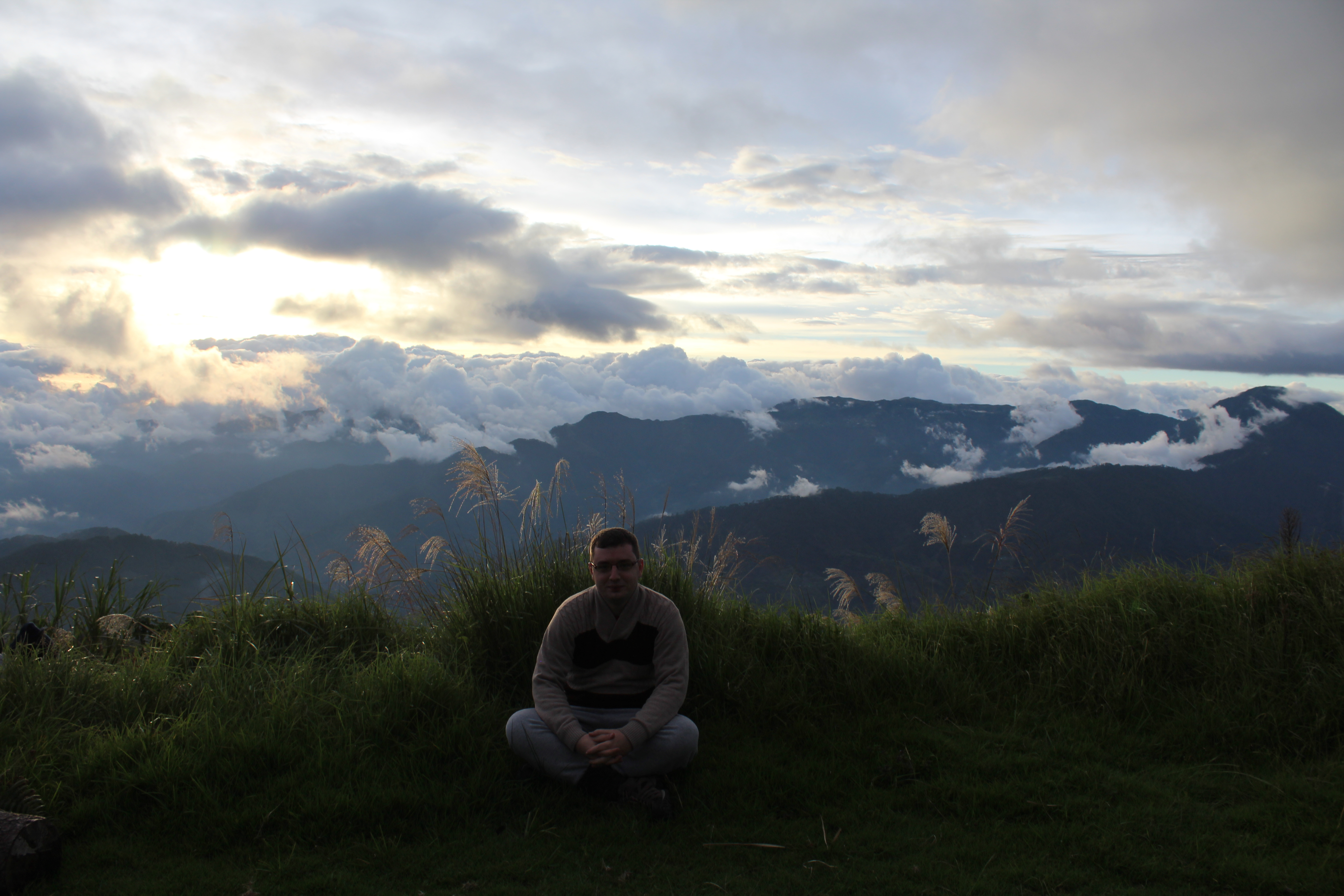
1. Ambangeg Trail
Difficulty: Easy to Moderate
Scenery: The Ambangeg Trail is known for its picturesque landscapes, making it a favorite among both novice and experienced hikers. As you ascend, you'll pass through a lush pine forest filled with towering trees and scenic viewpoints. The trail is relatively well-maintained and not too steep, making it accessible to a wide range of hikers.
Trail Highlights:
» Campsite: The main campsite for the Ambangeg Trail is known as Camp 2, and it's the most commonly used base for summiting Mount Pulag. It offers stunning views of the surrounding hills and valleys.
» Vegetation: Along the trail, you'll encounter various types of vegetation, including mossy forests, which add to the trail's unique charm.
2. Akiki Trail
Difficulty: Challenging
Scenery: The Akiki Trail is renowned for its rugged and challenging terrain. It's recommended for experienced hikers who are seeking a more strenuous adventure. The trail offers panoramic views of the Cordillera mountain range and a deeper immersion into the natural beauty of Mount Pulag.
Trail Highlights:
» Mossy Forest: One of the standout features of the Akiki Trail is the extensive mossy forest you'll trek through. The forest is home to a diverse range of flora and fauna, including unique moss-covered trees.
» Eddet River: Along the trail, you'll also cross the Eddet River, which adds an extra layer of adventure to the journey.
» Summit: The Akiki Trail takes you to the summit of Mount Pulag, where you'll be treated to the iconic sea of clouds and a mesmerizing sunrise.
3. Tawangan Trail
Difficulty: Moderate to Challenging
Scenery: The Tawangan Trail is the least traveled of the three main trails, offering a more serene and less crowded experience. It's known for its pristine forests and tranquil surroundings.
Trail Highlights:
» Solitude: If you prefer solitude and a quieter trek, the Tawangan Trail is an excellent choice. You're less likely to encounter large crowds on this route.
» Babadak Ranger Station: This trail starts from the Babadak Ranger Station, which is situated in the municipality of Buguias. The station itself is nestled in a beautiful valley, surrounded by rice terraces and natural beauty.
» Viewpoints: While the Tawangan Trail doesn't lead directly to the summit, it offers several viewpoints along the way that provide breathtaking vistas of the surrounding mountains.
Important Tips For All Trails
» Permits: Regardless of the trail you choose, you must obtain the necessary permits from the Park Management Office in Kabayan, Benguet. This is a crucial step to ensure the conservation of the mountain.
» Weather: Mount Pulag's weather can be unpredictable, so be prepared for cold temperatures, especially at higher altitudes. Dress in layers and bring warm clothing.
» Guides: It is highly recommended to hire local guides who are familiar with the trails and can provide insights into the local culture and ecology.
» Leave No Trace: Practice responsible trekking by following Leave No Trace principles, which include packing out all trash and minimizing your impact on the environment.
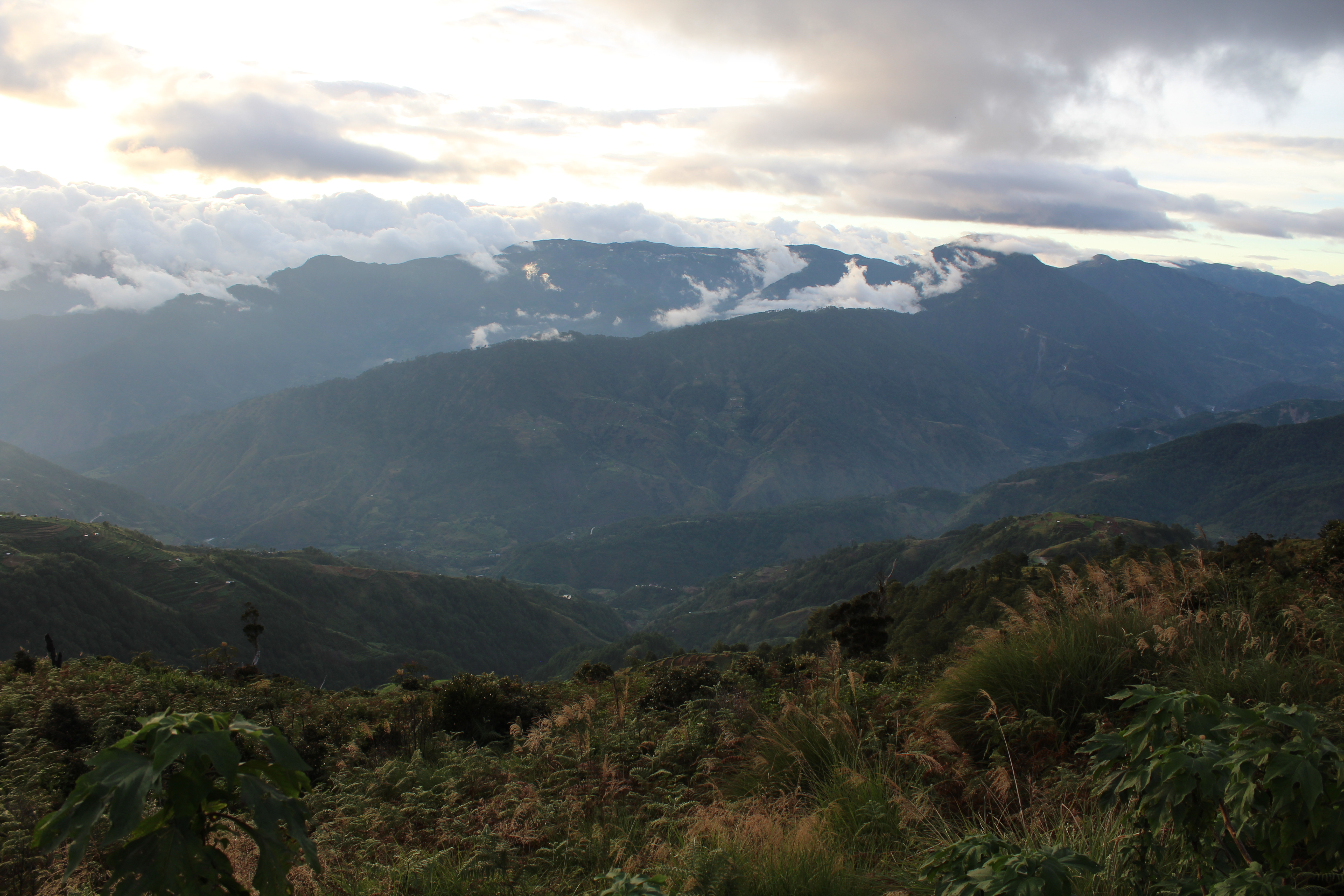
Mount Pulag is renowned for its stunning sea of clouds, which is one of the main attractions drawing hikers and nature enthusiasts to its summit. Here's what you need to know about this remarkable natural spectacle at Mount Pulag:
1. Sunrise Magic: The sea of clouds at Mount Pulag is most commonly witnessed during sunrise, making it a breathtaking and almost surreal experience. As the sun begins to rise over the horizon, its warm rays illuminate the blanket of clouds below, creating a dazzling display of colors and contrasts. The landscape changes dramatically as the clouds take on various shades of pink, orange, and red, casting a spellbinding glow on the entire scene.
2. Best Viewing Spots: The most popular spot to witness the sea of clouds at Mount Pulag is the summit itself. Hikers usually arrive at the summit area before sunrise, where they can find a comfortable vantage point to watch the clouds unfold below them. The panoramic view from the summit encompasses not only the sea of clouds but also the surrounding peaks and valleys, adding to the awe-inspiring experience.
3. Timing is Key: To increase your chances of witnessing the sea of clouds, it's crucial to plan your trek with sunrise in mind. Typically, hikers start their ascent in the early morning hours to reach the summit just before daybreak. This early start ensures that you're in position to marvel at the sea of clouds as the sun graces the sky.
4. Weather Considerations: Keep in mind that the sea of clouds is a weather-dependent phenomenon. Cloud cover, wind patterns, and humidity levels can vary from day to day. Therefore, there is no absolute guarantee of witnessing this breathtaking sight, but many hikers find it well worth the effort and potential wait. The sea of clouds at Mount Pulag is not just a visual feast; it's a reminder of the natural wonders that our planet has to offer. It's an experience that leaves an indelible mark on the hearts of those fortunate enough to witness it and is a testament to the beauty of the Philippines' natural landscapes.
